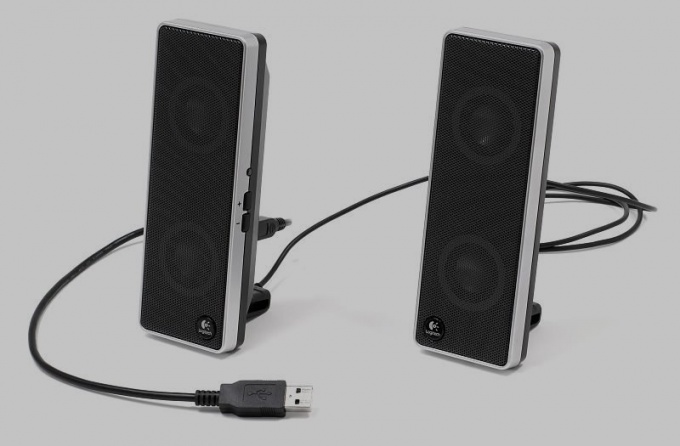Instruction
1
Take a conventional speaker system of any type, designed for input power of several watts. It should have a folding design. Inside each speaker there should be enough space to accommodate the amplifier.
2
Note that the classical design of an active acoustic system involves the placement of the stereo amplifier only one of the speakers. Sometimes it also placed the power supply. The second column is passive. Such a solution allows, first, to perform both amplifier channels on a common circuit Board, and second, to reduce the number of cables to just three (input, power, output on a second column).
3
Amplifier and power supply use the finished, miniature active speaker system less power. It is known that the sound quality is determined by speakers to a much greater extent than the amplifier. Therefore, finding a new "home" in the form of much larger speakers, the amplifier will begin to sound absolutely on-to another. Importantly, the resistance of the speakers in large columns was less than in those from which you extracted the amplifier. Remove amplifier with volume control, cord to connect to the signal source, etc.
4
In the case of the column within which to house the amp, drill a hole for the power button, volume control, led, input cable. If you fix the power button from the old columns will fail due to the significant thickness of the shell new, replace it with a toggle switch.
5
The output of one of the amplifier channels connect directly to the dynamic head of one column (or to the crossover, if it is multiband), and the other to the long cable. It connect to the input of another column.
6
Carefully inspect the installation. Make sure that under no circumstances components will not be displaced, causing a short circuit, and that when you close the case, neither the contacts nor the dynamic magnetic heads do not touch the components of the amplifier. All parts and units secure. The primary circuit of the power supply, place away from the secondary, so that they under no circumstances could not relate to each other. Next to the power supply and amplifier, drill some vent holes, not conspicuous.
7
Close the housing of the column where the amplifier is located. Connect the finished system to the sound source and to the network. Enable and test it.
Note
Learn to choose the right speakers for your computer. Speakers are no different from conventional speakers, and are also divided into active and passive. The price of these speakers is minimal. Active speakers have the amplifier, which allows to achieve high quality and loud sound from sound card.
Useful advice
If you need perfect sound. Note that there is no reason to buy expensive multimedia speakers for computer if you're going to connect them to the built-in sound card. Active or passive speakers? If you are looking for in network material for choosing speakers for your computer, you probably already ran across a discussion of the two types of speakers: active and passive.

